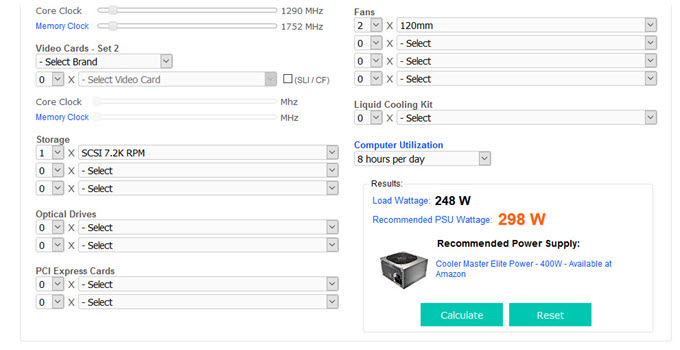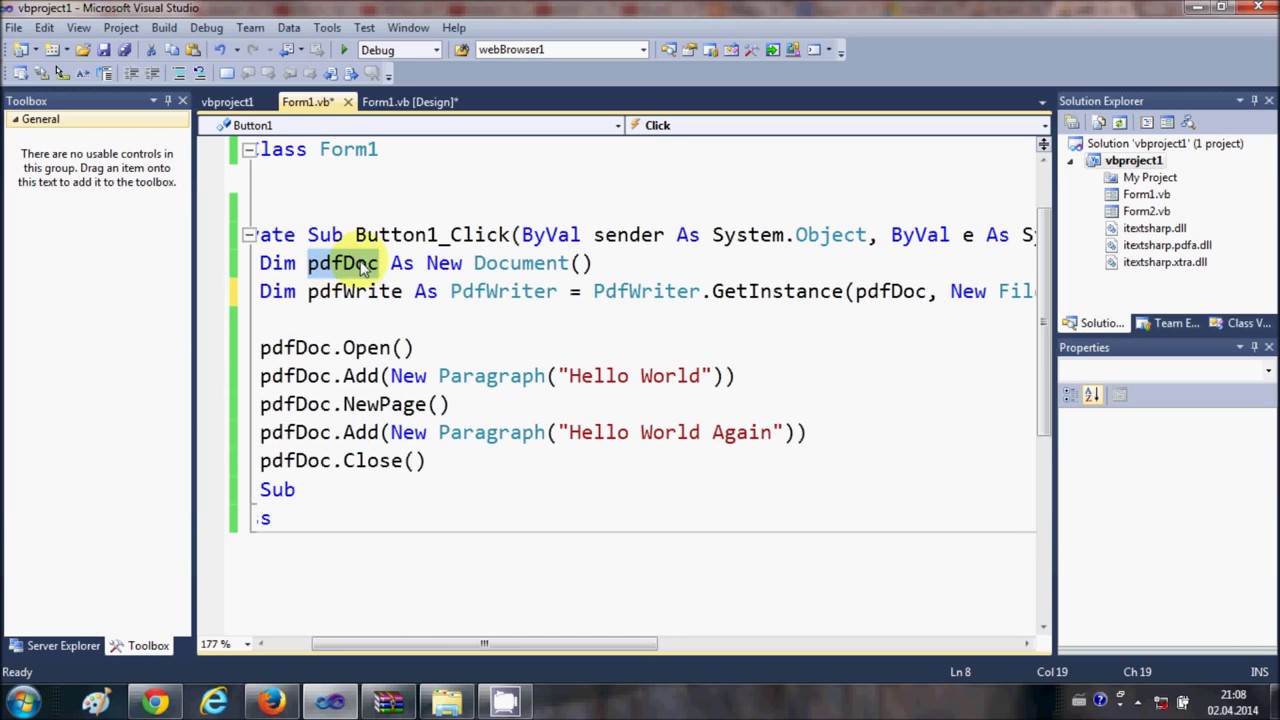

That's why in theory the core size does not depend on the wattage. It does not depend on the transferred power neither.

Contrary to popular misconception, B MAX does not depend on the magnetic material properties or air gaps. The table below provides the formulas for B MAX in a steady state operation as function of N×Ac product, applied voltage and frequency for common voltage waveforms. When it happens, the windings are effectively shorted out.

Excessive volt-seconds applied to a coil cause core saturation. The flux change is a function of the applied volt-seconds and the core geometry. Note that in higher frequencies, core loss rather than saturation can become the main limiting factor for B MAX. The main constraint in all cases (except for saturable inductors) is that peak magnetic flux density B MAX should not approach the core material's saturation flux value B SAT. MAGNETICS DESIGNING normally involves trade-offs between size, cost and power losses. For better thermal stability the wire can be made of low TCR material, such as a copper alloy. This DC offset can be used for lossless sensing of an average current across an inductor or a transformer winding with unidirectional current: if you add an RC network parallel to the coil, the voltage across the capacitor will be proportional to the coil's average current. Nevertheless, an average voltage across a real coil's terminals can be non-zero due to non-zero wire resistance. DC output voltage can be obtained only by using rectifiers. Note that it can't transfer a DC component of a pulse: in a steady state mode net volt-seconds across any winding should be zero, otherwise the core will soon saturate. Power transformer in SMPS is used to change amplitude of high-frequency pulses by the turns ratio and to provide isolation between circuits. This in turn induces alternating voltage (electromotive force, or emf) in each of the secondary coil according to Faraday's law. The core multiplies this field and couples most of the flux through the secondary windings.

A changing current in the primary winding creates an alternating magnetic field in the core.


 0 kommentar(er)
0 kommentar(er)
